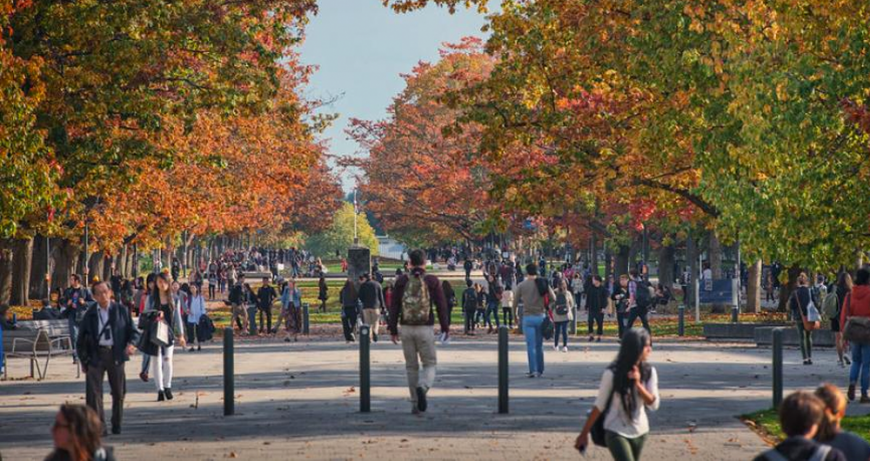With over 155,000 trips to and from UBC each day, we have an important role in ensuring that the community’s transportation needs are met with a wide variety of sustainable transportation options.
- Daily transit person trips to and from UBC increased by 298% from 1997-2012
- UBC's daytime population grew by 51% between 1997 and 2012, yet daily automobile traffic has been maintained at or less than 1997 levels
The 2014 UBC Transportation Plan
The 2014 UBC Transportation Plan for the Vancouver campus is the guiding document for transportation objectives and initiatives on campus. It fills the gaps and builds upon the goals and accomplishments set out in the 2005 Strategic Transportation Plan and 1998 Strategic Transportation Plans, all of which were developed through extensive public consultation.
Download the 2014 UBC Transportation Plan
Target Areas
The actions and policies laid out in the 2014 plan focus on improving the on-campus transportation experience and lays out three commuting target areas for 2040.
These three target areas are:
- Sustainable Transportation:
- By 2040 at least 66% of trips to and from UBC will be made by walking, cycling, or transit.
- Maintain at least 50% of trips to and from the campus on public transit.
- Single Occupant Vehicles (SOV):
- Reduce SOV travel to and from UBC by 20% from 1996 levels.
- Maintain at least 30% reduction from 1997 levels in daily SOV trips per person to and from UBC.
- Daily Private Automobile Traffic:
- Maintain daily private automobile traffic at less than 1997 levels.
Public Consultation
The 2014 UBC Transportation Plan was developed with input received through a three-phase consultation process with the university community between January 2013 and April 2014.
